After the launch of the current Navi-Consumer and Workstation graphics cards, the Radeon VII has long been quiet in the Radeon VII, but now the Radeon Pro VII is a new edition for the professional sector. It is aimed primarily at broadcast and technology professionals and targets demanding broadcast and media projects, complex CAE simulations (computer aided engineering) and the development of HPC (high performance computing) applications that enable scientific research on AMD-supported supercomputers.
The AMD Radeon Pro VII offers the well-known 16GB OF High Bandwidth Memory (HBM2) memory, support for 6x synchronized screens, and high-bandwidth PCIe 4.0. With up to 26 percent higher 8K image processing performance in the Blackmagic Design DaVinci Resolve 16 and up to 5.6 times FP64 performance (Double Precision) per dollar compared to the quadro RTX 5000, the Infinity Fabric™ Link technology is now used, as with the Radeon Instinct MI50, but also on the workstation market for the first time. AMD Infinity Fabric Link accelerates application data throughput by enabling high-speed GPU-to-GPU communication in multi-GPU system configurations.
With its 331 mm2, such a Vega 20 is also much smaller than the Vega 10 with its 495 mm2. In the end, this also created the space needed to add two more HBM2 stacks. The Radeon Pro VII thus uses four HBM2 stacks, resulting in an aggregated 4,096-bit path (the Fury X sends greetings). But a data rate of 2 Gb/s allows us the amazing bandwidth of 1 TB/s, which should be a certain advantage not only on paper.
Best of all, the Radeon Pro VII is more of an efficiency-trimmed MI50 (from which it certainly inherited much of the board design) than a beefed-up consumer Radeon VI. The double precision throughput of the Radeon VII is no longer limited and the missing PCI-Express 4.0 compatibility of the Radeon Instinct MI50 has of course also been fixed. According to AMD, the raking capabilities of the Radeon Pro VII are designed as follows:
| Radeon RX Vega 64 | Radeon VII | Radeon Pro VII | Radeon Instinct MI50 | |
| Peak FP64 | 0.84 TFLOPS | 0.88 TFLOPS | 6.5 TFLOPS | 6.7 TFLOPS |
| Peak FP32 | 12.7 TFLOPS | 14.1 TFLOPS | 13.1 TFLOPS | 13.4 TFLOPS |
| Peak FP16 | 25.3 TFLOPS | 28.1 TFLOPS | 26.2 TFLOPS | 26.8 TFLOPS |
| Peak INT8 | 53.4 TOPS | 56.3 TOPS | 52.4 TOPS | 53.6 TOPS |
| Tbp | 295 W | 300 W | 250 W | 300 W |
Unfortunately, the Radeon Pro VII does not use a complete Vega 20 as it is installed on the Radeon Instinct MI60. Instead, AMD disables four of the CUs of this chip, resulting in exactly the 3,840 stream processors and 240 texture units that the consumer card also owns. The basic clock of the Radeon Pro VII should be slightly below the 1,400 MHz of the Radeon VII, given the slightly lower Board-Power VII, the boost clock too. Each of the shader engines of a full Vega 20 also has four render backends with a capacity of 16 pixels per clock cycle and 64 ROPs. As we already know, these render backends become clients of the L2 cache. This L2 cache is 4 MB in size, similar to the Vega 10, and twice the size of the 2 MB L2 cache of the Fiji chips.
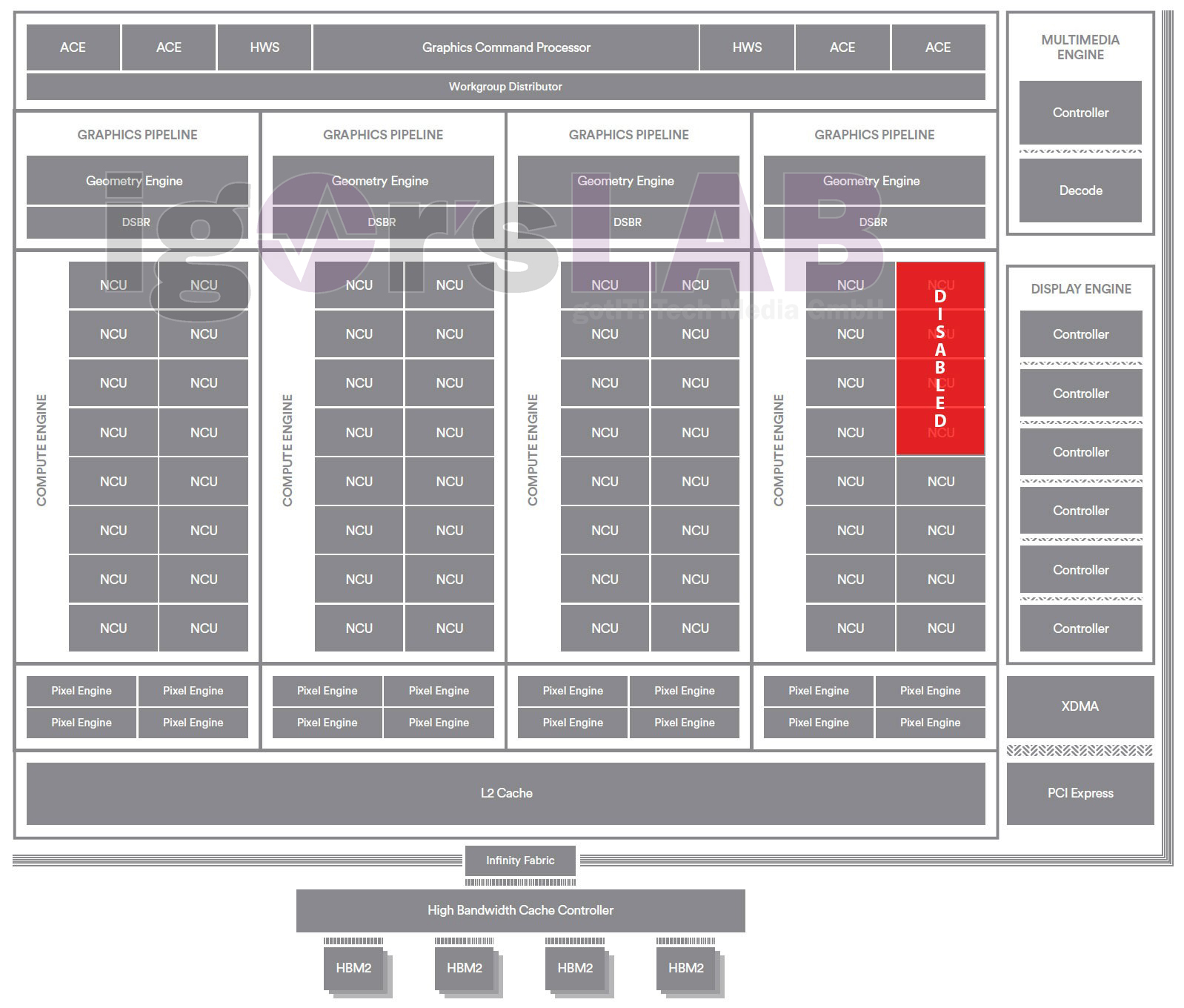
Key features of the Radeon Pro VII
- High performance with double precision with up to 6.5 TFLOPS (FP64) for demanding technical and scientific workloads
- High-speed storage in the form of 16GB HBM2 with 1TB/s memory bandwidth and full ECC capability
- AMD Infinity Fabric Link as a high-bandwidth, low-latency connection that allows storage sharing with two AMD Radeon Pro VII graphics processors. This allows users to increase the size and scope of project work, develop more complex designs, and perform larger simulations to advance scientific discoveries. AMD Infinity Fabric Link offers up to 5.25x PCIe® 3.0 x16 bandwidth with a communication speed of up to 168GB/s peer-to-peer between GPUs.
- Users can remotely access their physical workstation from virtually anywhere, making them productive without hindrance, as the remote workstation's IP is integrated with the AMD Radeon Pro driver for AMD Radeon Pro enterprise software.
- PCIe 4.0 provides twice the bandwidth of PCIe 3.0 to provide smooth performance for 8K multi-channel image interaction.
- Frame Lock/Genlock enables precisely synchronized output for display walls, digital signage, and other visual displays (AMD FirePro™ S400 synchronization module required)
- Support for high resolution/multiple display with up to 6x synchronized scoreboards, full HDR and 8K single display screen resolution combined with ultra-fast coding and decoding support for improved multi-stream workflows.
- Certification of professional applications for stability and reliability.
- ROCm™ Open Ecosystem as an open software platform for accelerated computing provides a simple GPU programming model with support for OpenMP, HIP and OpenCL™ as well as support for leading machine learning and HPC frameworks, including TensorFlow™, PyTorch™, Kokkos, and RAJA.
On the following slides I have summarized the whole thing once again for the interested readers in a gallery:
AMD Radeon Pro Software for Business 20.Q2
The drivers in the form of Radeon Pro Software for Enterprise support and provide stability, performance, security, image quality, and other innovative enterprise-level features, including high-resolution screen capture, recording, and video streaming, according to AMD. The latest version offers a performance increase of up to 14 percent over the previous year for AMD Radeon Pro graphics cards of the current generation. The new software driver is now available for download on amd.com.
Updated AMD rendering software
AMD has also provided updates for AMD Radeon™ ProRender, a physical-based rendering engine based on industry standards that enables accelerated rendering on any GPU, CPU, and OS. The updates include new plug-ins for SideFX® Houdini™ and the Unreal® engine, as well as updated plug-ins for Autodesk® Maya® and Blender®. For developers, an updated AMD Radeon™ ProRender SDK is available on the redesigned website gpuopen.com, which is now easier to implement with an Apache 2.0 license. AMD has also released a next-generation beta SDK of the Radeon ProRender 2.0 rendering engine with improved CPU and GPU rendering support with open source versions of the plugins.
Availability
The AMD Radeon Pro VII graphics card is expected to be available from major retailers/retailers for an SEP of USD 1899 from mid-June 2020. Workstations equipped with AMD Radeon Pro VII are expected to be available from leading OEM partners in the second half of 2020.













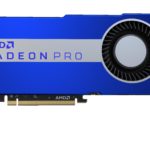
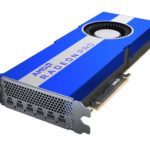
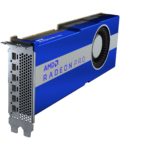
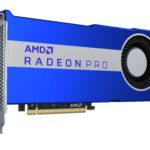
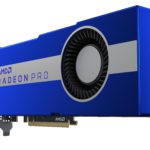
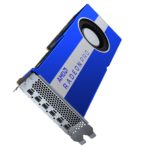
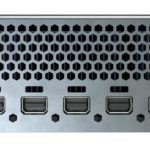
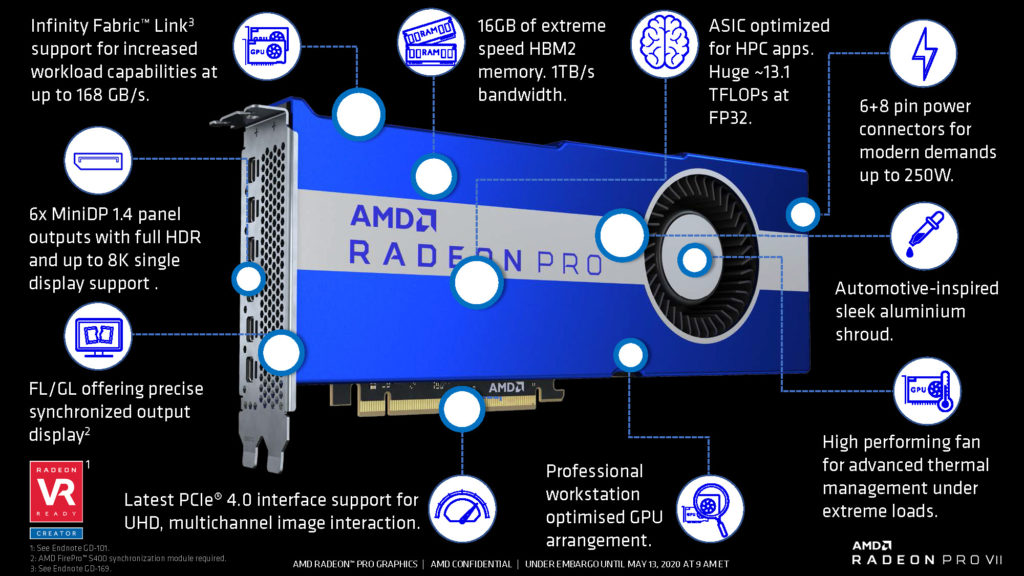


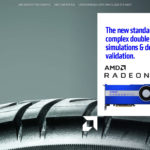






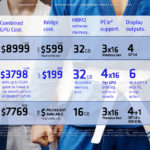


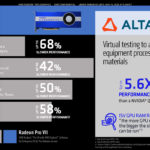
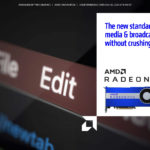






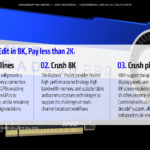
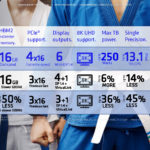
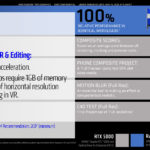
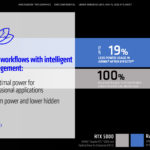
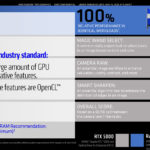
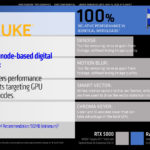
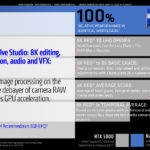
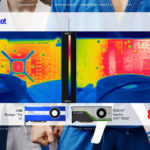

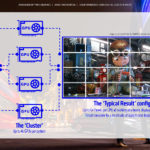

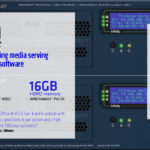


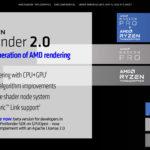

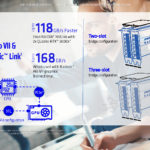


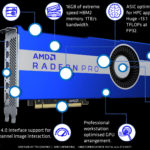
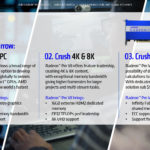

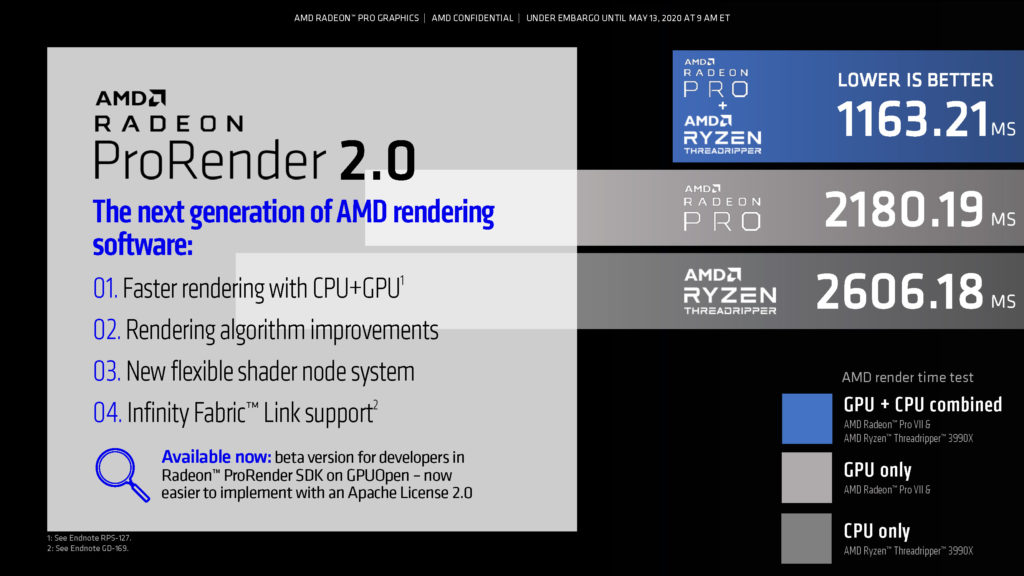


















Kommentieren